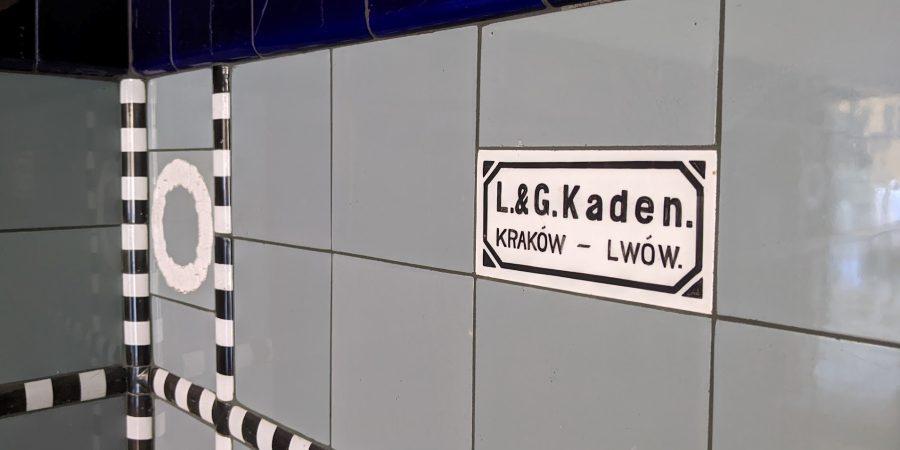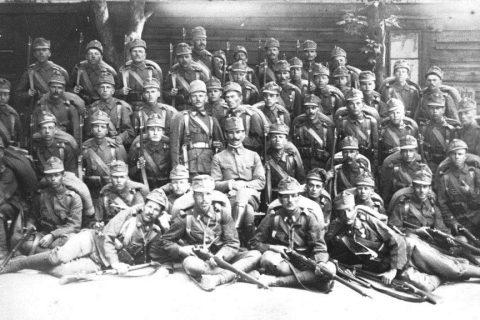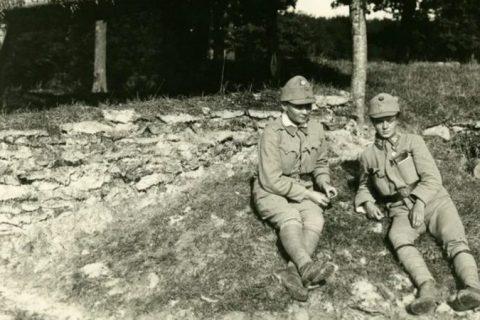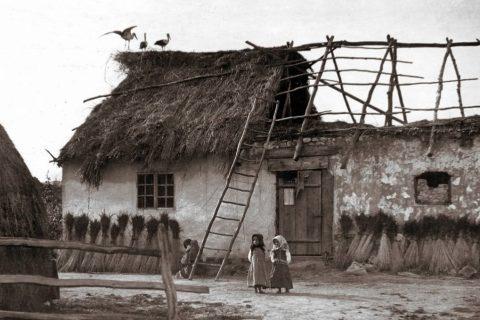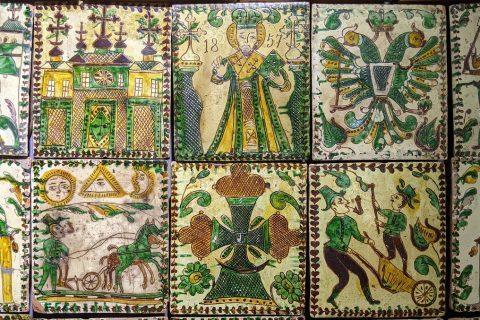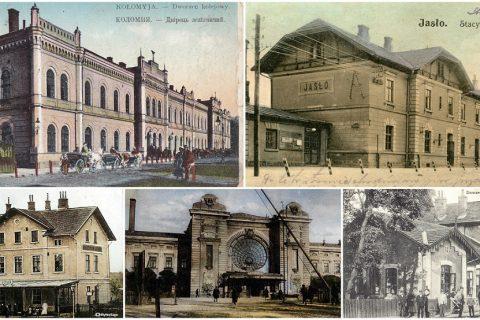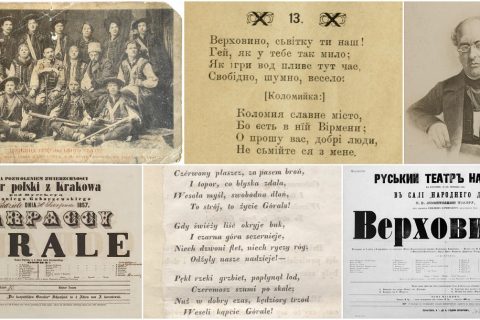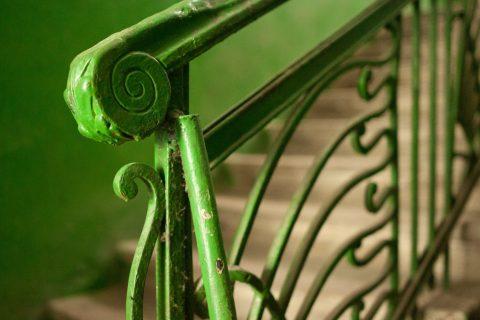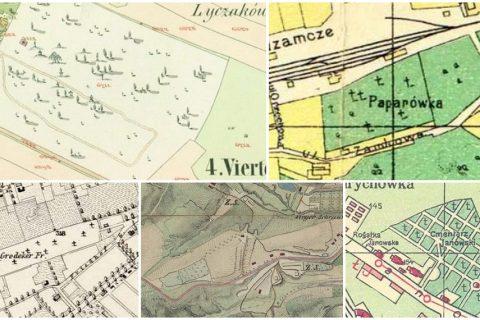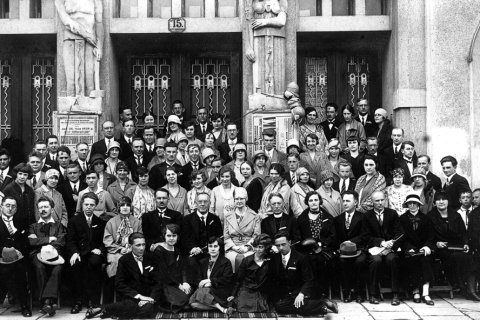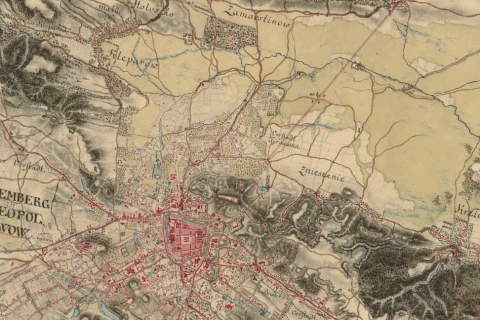Finding Solidarity with Ukraine: 12 Ways Kraków and Lviv Are Connected via Their Historical Built Environment
Kraków has become my temporary wartime home. When Russia began it full-scale invasion of Ukraine on February 24, 2022, I made the difficult decision to leave my home in Lviv and depart for Poland. I didn’t know how long I would be gone or where I would end up; but […]
Read More
